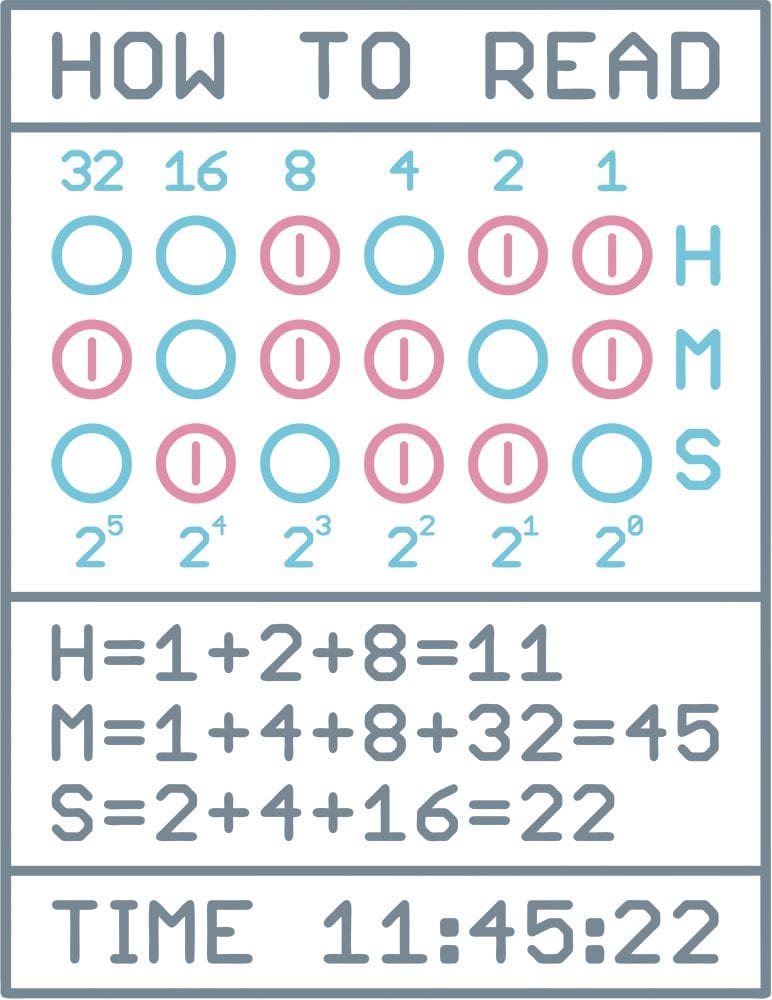

IN-2 BINARY NIXIE CLOCK.
Use your Arduino Nano or Particle Photon board and build Binary Nixie Clock with 18 x IN-2 nixie tubes. By connecting DHT22 sensor it is also possible to build binary thermometer and hygrometer. The clock’s motherboard has connectors for Particle Photon and Arduino Nano form factor boards – classic Nano, Nano Every, Nano 33 IoT. Using Arduino Nano 33 IoT or Particle Photon you can connect the clock via wifi to the NTP time server or cloud to synchronize time. The program code (for both platforms) has been prepared and is waiting only for upload into your binary clock.
FEATURES & COMPONENTS.
- Compatible with 5V/3.3V boards – Arduino Nano, Nano Every, Nano 33 IoT and Particle Photon
- Replaceable IN-2 nixie tubes – pin socket connectors
- Modular design
- RTC real time clock DS3231 module on board
- Nixie power supply module 170V (fully assembled) included
- 2 x Nixie Tube Driver V2 (fully assembled) – on board
- Designed to work with DHT22/DHT11 temperature & humidity sensor
- Assembled all SMD components
- Connectors, pin headers and nixie tubes sockets require soldering
- Dimensions with tubes: 60 x 108 x 167 mm (~2.4″ x 4.3″ x 6.6″)
- External power supply required (Arduino Vin connector): 12V; 1A DC; plug diameter 2.5 x 5.5 mm; center pin positive+
CODING.
The program code has been prepared:
- Classic Binary Clock – Arduino Nano, Nano Every, Nano 33 IoT
- WiFi NTP Binary Clock – Arduino Nano 33 IoT
- WiFi Particle Cloud Binary Clock – Particle Photon
EASY TO OPERATE.
Just follow the instructions:
- Connect your Arduino Nano or Particle Photon to the Clock
- Download example code
- Connect Shield via USB with your computer
- Compile and upload code to the Arduino
- Unplug USB
- Connect 12V power supply and it’s ready.


MODULAR DESIGN.
The modular design allows easy and quick assembly. Individual modules are placed in specific slots.
BINARY CODE.
Binary code is a base 2 number system invented by Gottfried Leibniz where numeric values are represented by different combinations of 0 and 1, also know as OFF or ON. Is the simplest form of computer code or programming data.





















